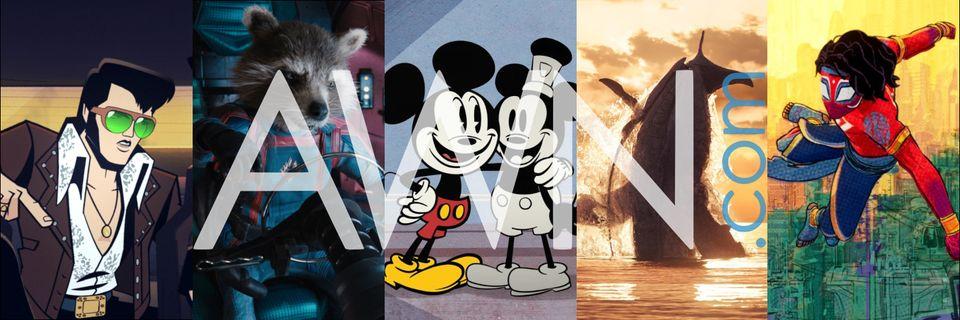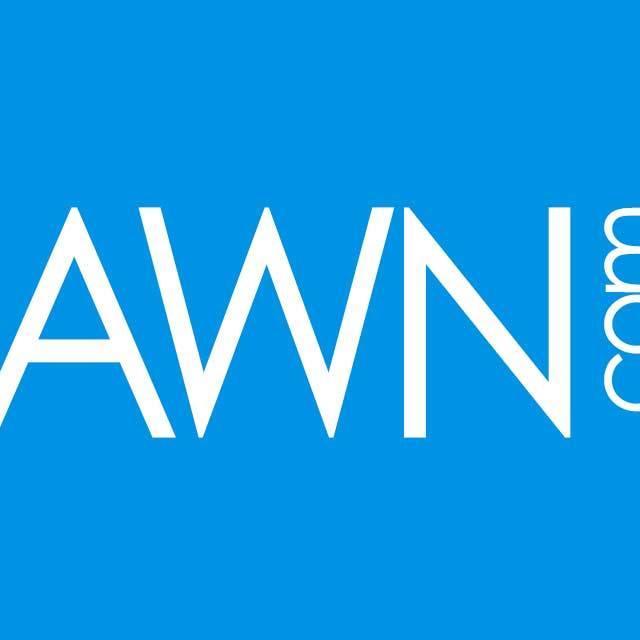


Animation World Network – the largest animation and visual effects-related publishing group on the In
201 Les gens qui ont lié ça
0 Articles
0 Photos
0 Vidéos



